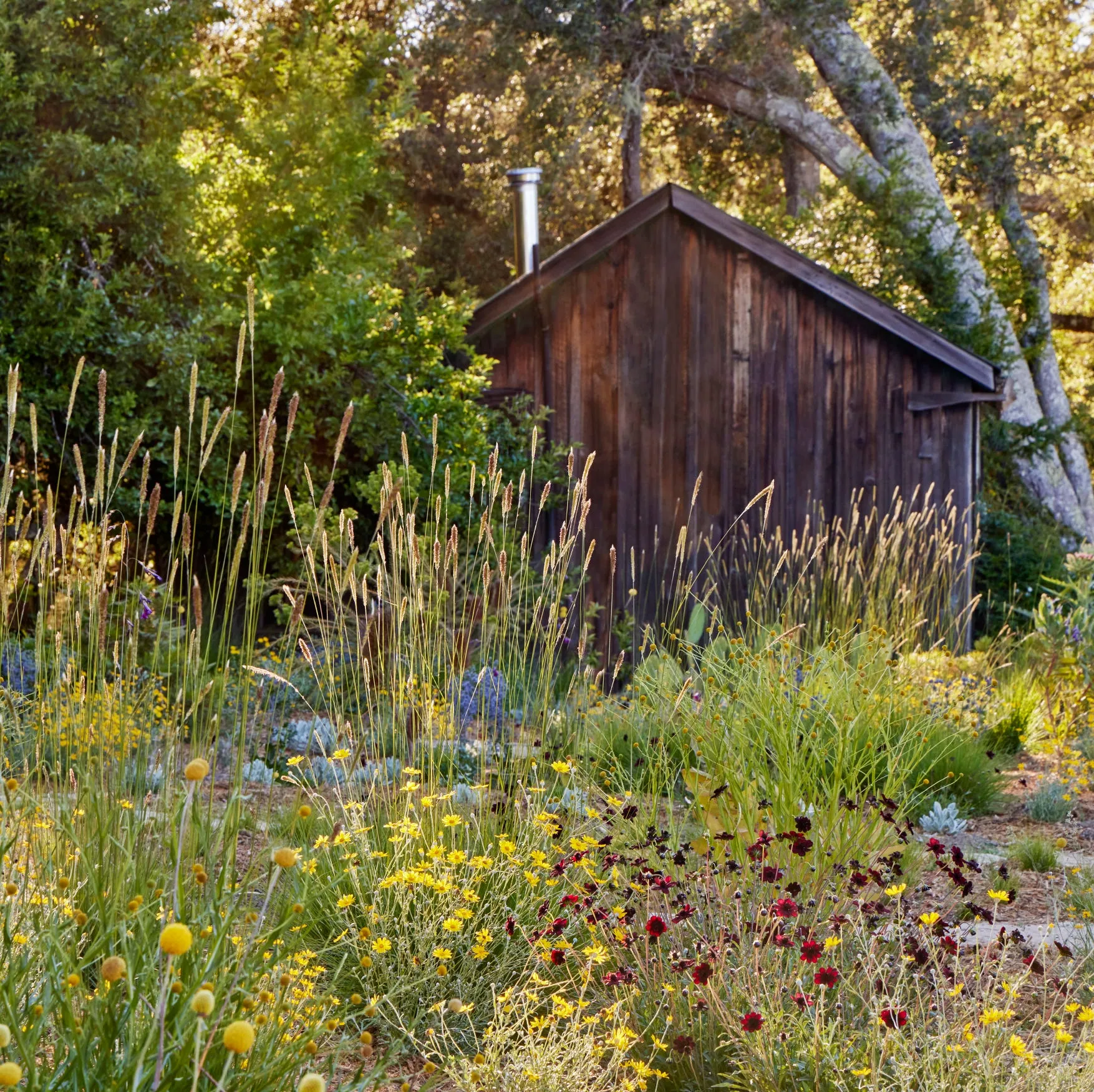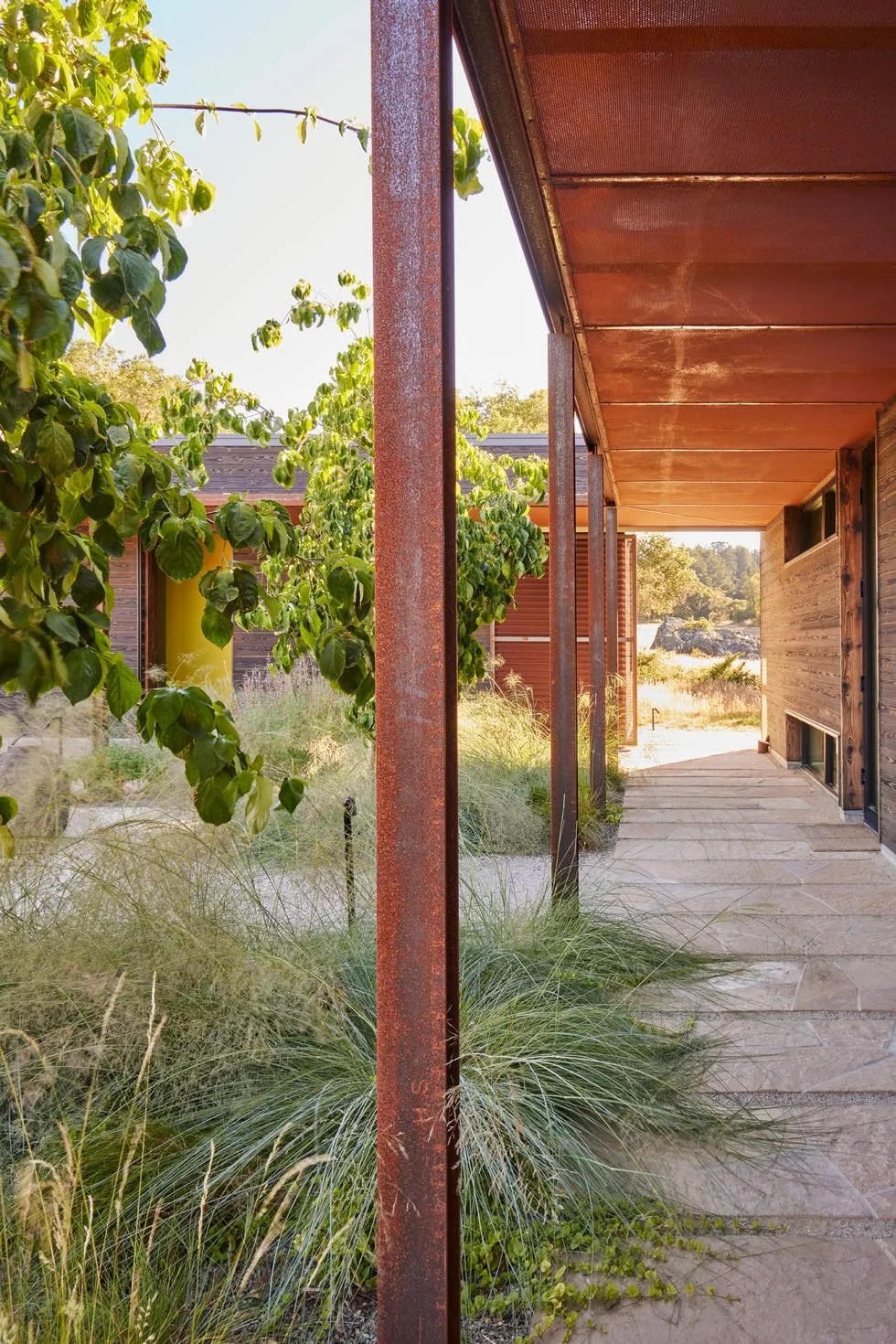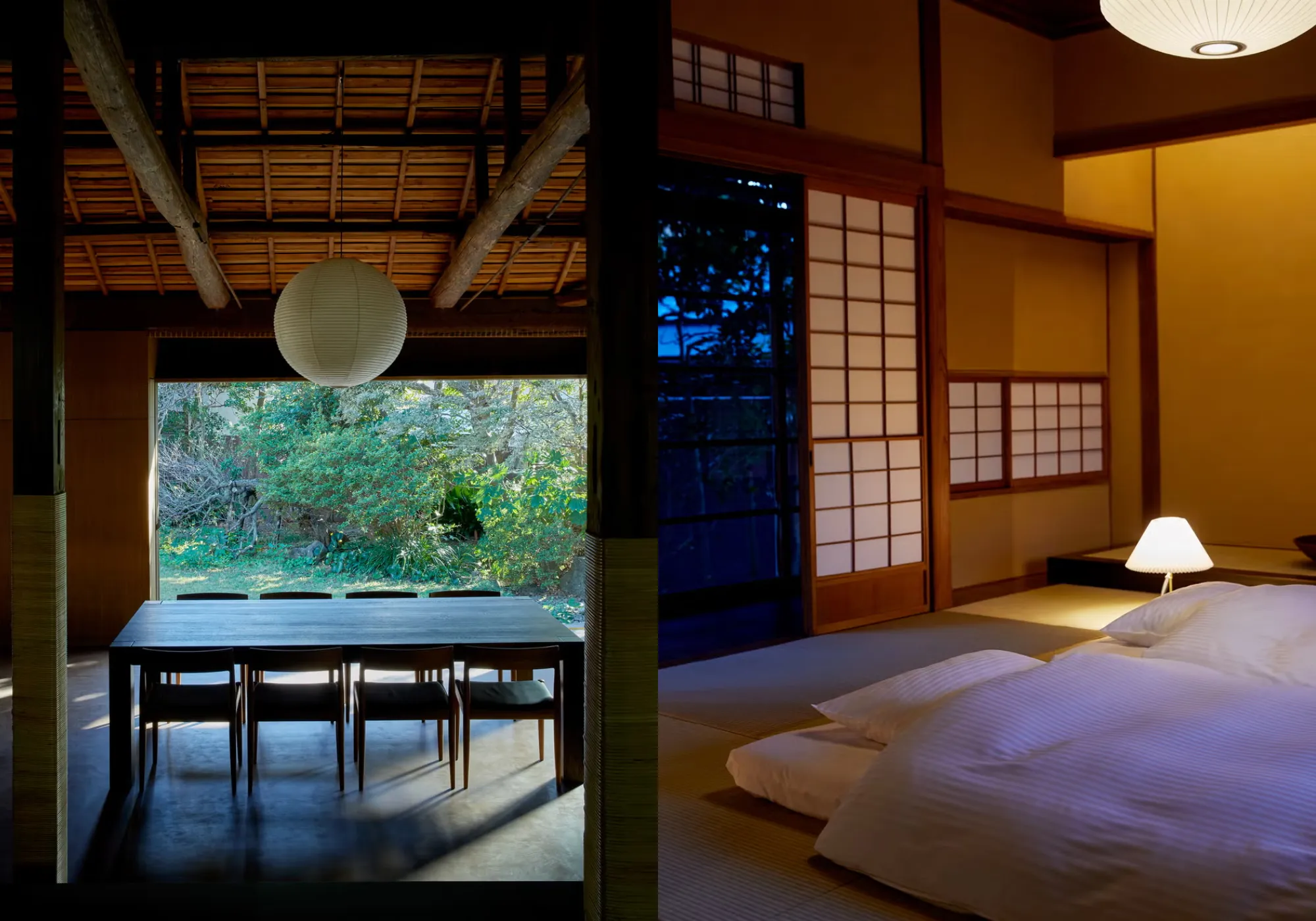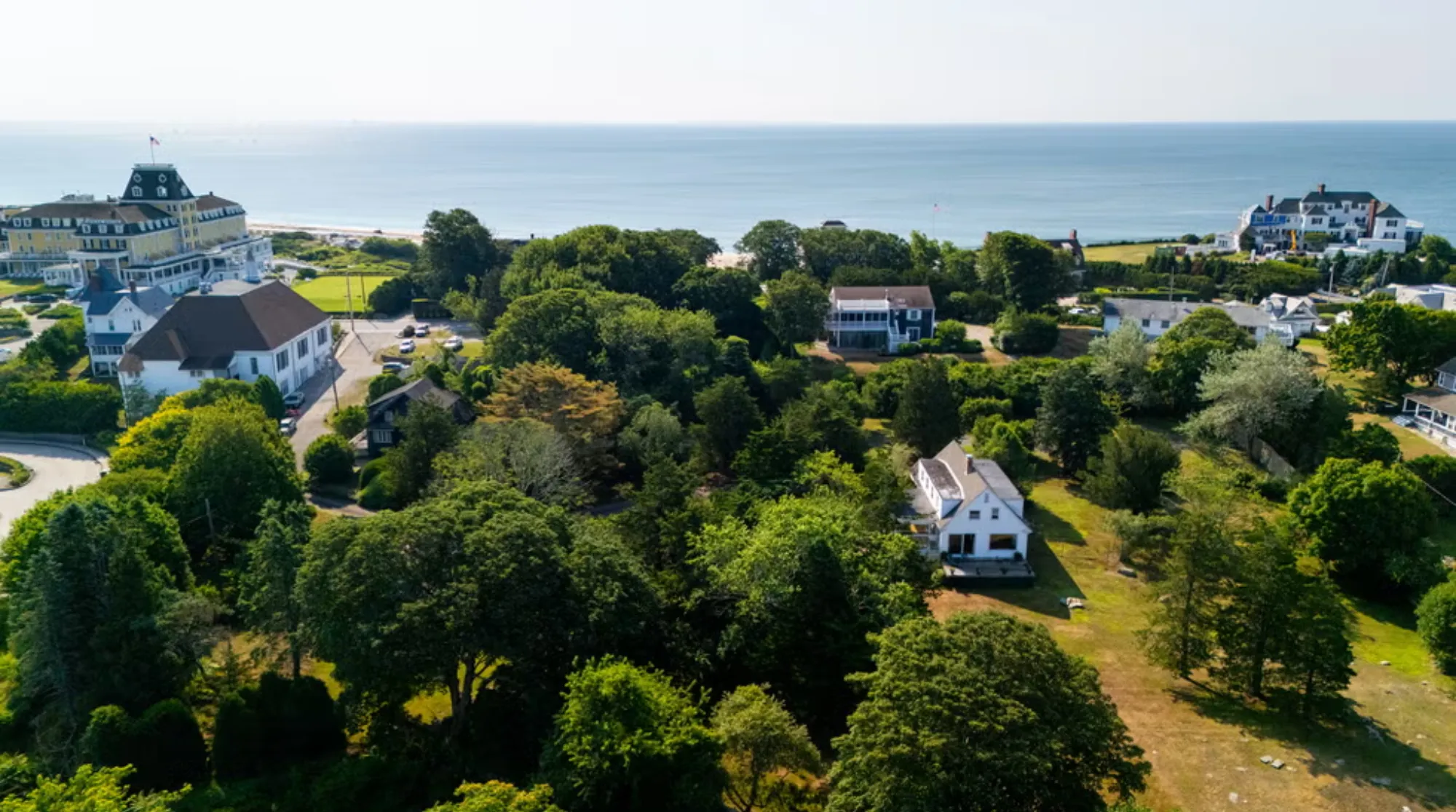
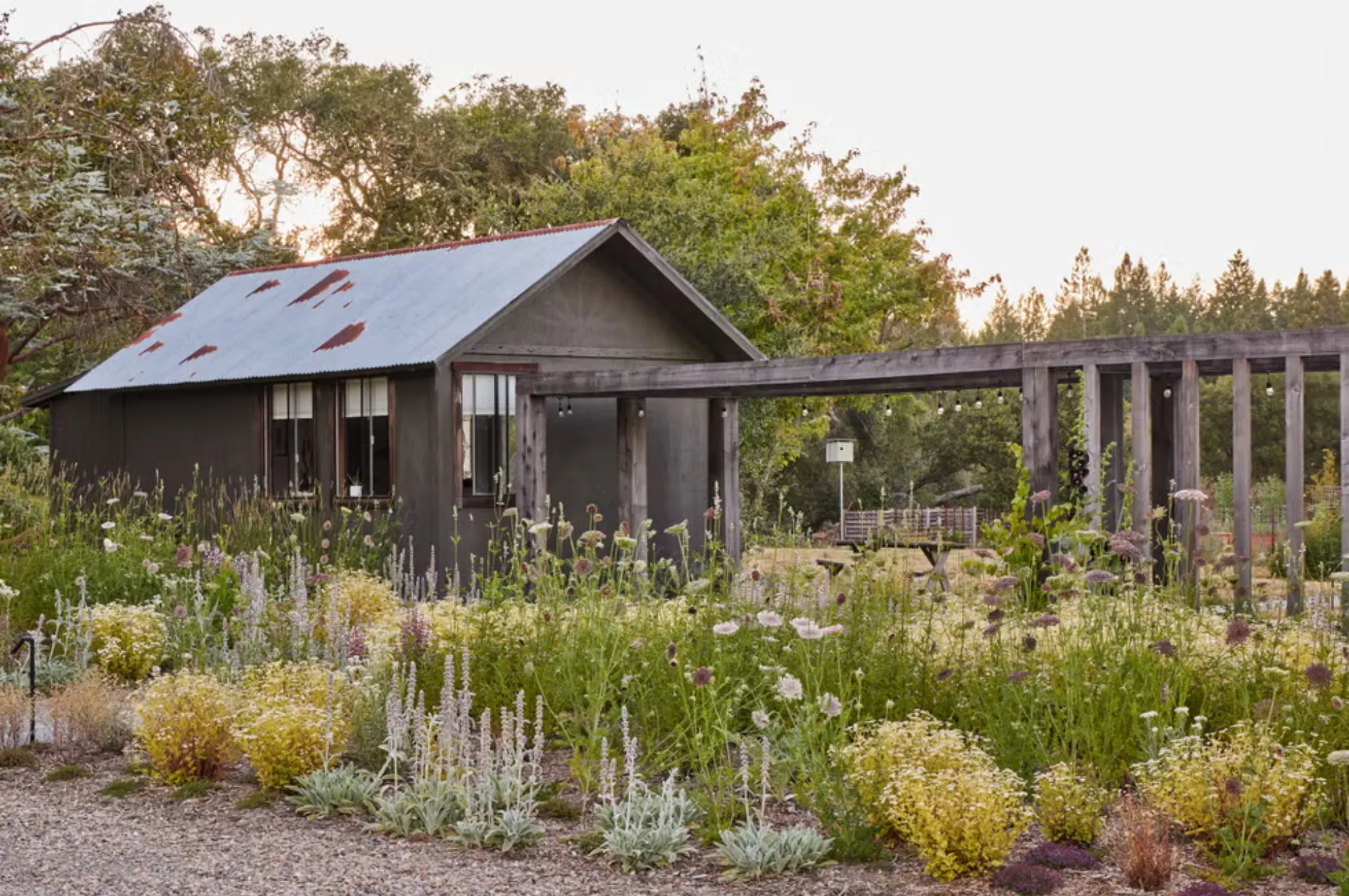
Why Landscape Designers Are Choosing Native Plants and How You Can Too
In today’s landscape design world, a notable trend is emerging: the use of native plants. While traditional gardens, such as those of Versailles, often feature exotic species imported from across the globe, contemporary designers are increasingly emphasizing plants that are indigenous to their regions. The push toward native planting is driven by ecological awareness, sustainability, and a desire to create gardens that truly harmonize with their environments.
Designers such as David Godshall of Terremoto LA, Fernando Wong, and Anooshey Rahim are leading the charge, incorporating local species into their projects and inspiring homeowners to rethink their gardens.
Why Use Native Plants in Your Garden?
Native plants are uniquely adapted to the regions where they naturally occur, making them resilient, resource-efficient, and ecologically beneficial. Here’s why leading landscape designers prioritize them:
Connection to the Local Environment
Anooshey Rahim explains, “As landscape architects, we can’t help but create work that is rooted in the site and the regional opportunities of a place. Native plants are a special part of our toolkit that aids in our efforts to work in concert with a piece of land, not against it.”
Using plants adapted to a local climate, such as summer-dry plants in arid regions, ensures that gardens thrive naturally. Native species also reflect the historical and ecological heritage of a site, connecting the garden to the land’s story.
Support for Wildlife and Ecosystems
David Godshall emphasizes that native plants “co-evolved with native fauna and serve as habitat and food for the creatures with which we share this earth.” Birds, bees, butterflies, and other pollinators will naturally gravitate toward a garden filled with native plants, making it a vibrant, living ecosystem.
Resource Efficiency and Sustainability
One of the most compelling benefits of native plants is their low-maintenance nature. Godshall notes that once established, they require minimal irrigation, fertilizers, or chemical inputs. By using native species, gardens conserve water, reduce chemical use, and lower maintenance costs, contributing to more sustainable landscaping practices.
How to Keep Native Plants Healthy
Caring for native plants requires understanding their natural preferences while observing the unique conditions of your garden.
Assess Your Soil and Site Conditions
Anooshey Rahim advises: “It depends on the needs of the plant type and the conditions of your soil. If you want a well-draining plant and you have very heavy clay soil, you’ll need to amend the planting hole with some faster-draining soil. If the plants need rich, moist soil, and you have rocky soil, same thing: add some planting soil into the plant’s hole.”
Simple observations and adjustments—like enlarging planting holes or adding compatible soil—can help native plants establish themselves successfully without complex interventions.
Limit Fertilizer Use
Fernando Wong highlights that native plants typically do not need fertilizers the way nonnative species do. When additional nutrients are necessary, organic fertilizers can provide a safe and effective option, ensuring plants thrive without harming the surrounding ecosystem.
Provide Adequate Space and Light
Like all plants, natives require the appropriate amount of sunlight, space, and air circulation. Proper placement according to their natural habitat ensures healthy growth and reduces susceptibility to pests and disease.
How to Find Native Plants in Your Area
Finding native plants for your garden can be easier than you might think:
Utilize State and Local Resources
Wong suggests checking state websites, local university databases, and garden club resources for lists of native plants suited to your region. Many nurseries are also increasing their inventory of locally adapted species, making sourcing convenient.
Explore Local Wilderness Areas
Godshall encourages immersing yourself in the natural environment: “Find a wilderness area close to you and go on a long walk and take it all in! Then I’d simply use the internet and social media to find people, nurseries, or nonprofits in your local vicinity and reach out.”
Engaging with botanical communities can provide expert guidance, plant recommendations, and inspiration for designing your own native garden.
Incorporating Native Plants into Your Garden
Integrating native species into your landscape can be both creative and practical. Designers recommend several approaches:
Blend with Regionally Adapted Plants
While pure native planting is ideal, combining locally adapted species with native plants can enhance visual interest and seasonal variety, ensuring your garden is both ecological and aesthetically pleasing.
Focus on Pollinator-Friendly Flowers
Selecting pollinator-friendly flowers attracts bees, butterflies, and birds, creating an active, dynamic garden. This approach strengthens local ecosystems while enhancing the sensory experience of your outdoor space.
Layer Plant Heights and Textures
Mixing tall grasses, flowering shrubs, and groundcovers provides structure, depth, and biodiversity. This layering mirrors natural habitats and fosters a more resilient ecosystem within your garden.
Environmental Benefits of Native Plants
The ecological advantages of native planting extend beyond aesthetic appeal:
Water Conservation and Soil Health
Native plants are adapted to their local rainfall patterns, reducing the need for supplemental watering. Their deep roots enhance soil structure, prevent erosion, and promote nutrient cycling.
Support for Wildlife and Biodiversity
By planting species native to your region, you provide food and shelter for birds, bees, butterflies, and beneficial insects, creating a thriving micro-ecosystem in your backyard.
Reduced Chemical Use
Native gardens generally require fewer pesticides and herbicides, reducing chemical runoff and fostering a healthier, more sustainable environment.
Cost Savings for Homeowners
Less water use, minimal fertilizers, and reduced maintenance translate into lower long-term costs, making native plants both environmentally and economically advantageous.
Design Inspiration from Leading Landscapers
Leading landscape designers provide practical insight for incorporating native plants:
-
David Godshall (Terremoto LA): Emphasizes the aliveness native plants bring, noting that gardens filled with butterflies, lizards, and birds provide a sense of constant motion and joy.
-
Fernando Wong: Encourages homeowners to embrace local ecological patterns and plant species that naturally flourish in their environment.
-
Anooshey Rahim: Advocates for blending native and regionally adapted plants to create gardens that are site-specific and visually engaging, connecting with the history of the land.
Practical Tips for Home Gardeners
-
Start Small: Introduce native plants gradually, experimenting with different species to see what thrives in your garden.
-
Observe Natural Habitats: Learn from nearby wild areas to understand plant placement, spacing, and companion planting.
-
Amend Soil Where Needed: Adjust planting holes to suit native plant requirements, ensuring proper drainage and nutrients.
-
Engage with Local Nurseries: Local growers often provide advice and plant varieties adapted to your climate.
-
Attract Wildlife: Include flowering plants, berry-producing shrubs, and native grasses to support pollinators and birds.
The Future of Sustainable Landscaping
The growing interest in native plants reflects a broader movement toward sustainable, ecologically minded landscape design. As climate change awareness increases, designers and homeowners alike are prioritizing practices that reduce environmental impact while enhancing the beauty and resilience of outdoor spaces.
Native gardens are no longer just a niche trend—they represent a fundamental shift in gardening philosophy, emphasizing harmony with the environment, reduced resource use, and greater biodiversity.
Conclusion: Embrace Native Plants in Your Garden
Using native plants is more than a design choice—it’s an investment in sustainability, biodiversity, and the natural beauty of your landscape. From water conservation to providing habitat for wildlife, the benefits are numerous. By sourcing plants locally, observing natural ecosystems, and applying simple care techniques, anyone can create a vibrant, thriving garden that connects deeply with its environment.
Leading designers like David Godshall, Fernando Wong, and Anooshey Rahim demonstrate that native plants are not only ecologically responsible but also capable of producing stunning, dynamic gardens. Whether you are designing a backyard oasis, a public green space, or a community garden, incorporating native species ensures that your project is beautiful, sustainable, and alive with life.








